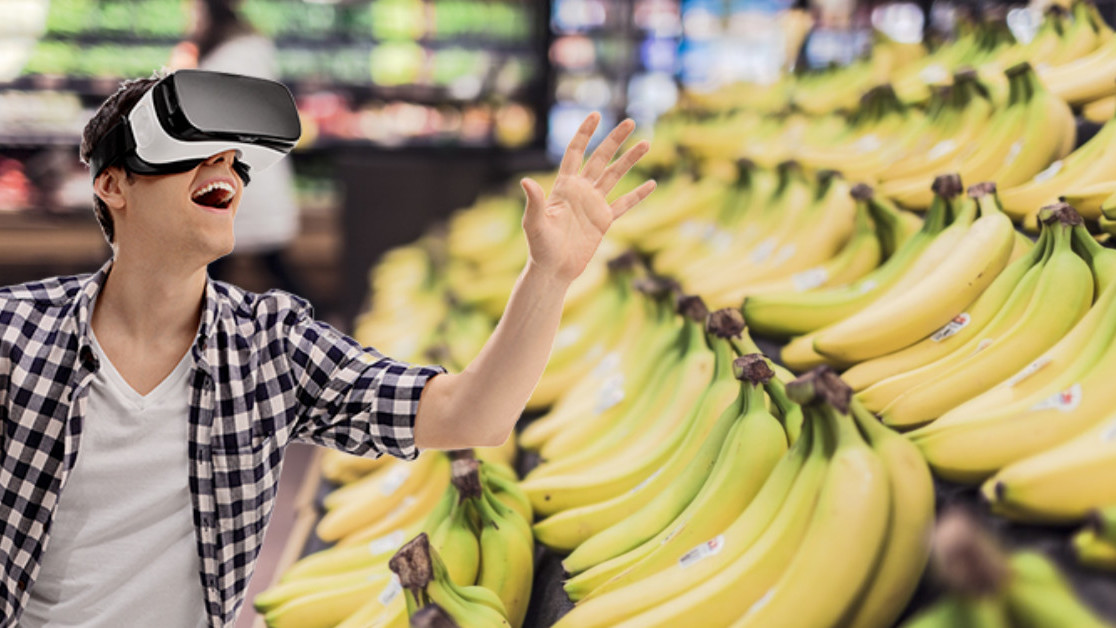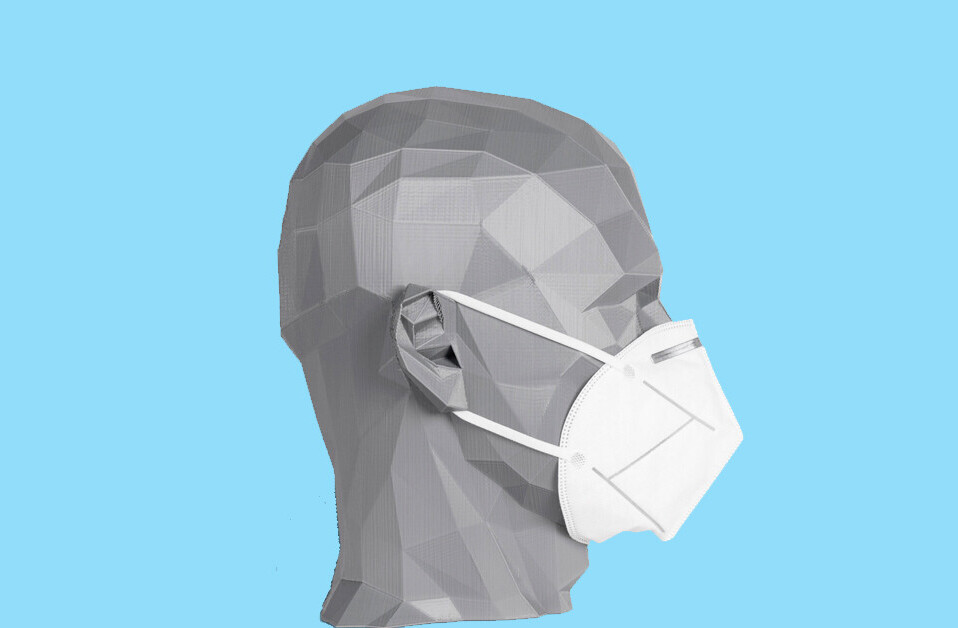In twenty years, when I glide through a furniture store on a hoverboard that actually hovers, as the built-in virtual assistant recommends I lease their velvet three piece suite using my annual furniture subscription, it won’t be the fact that they’ve hired in a famous DJ for my auditory enjoyment that gets me to purchase.And it won’t even be the champagne that comes raining down from the rooftop in 15 minute intervals.
It’ll be the fact that the hoverboard assistant has remembered how much I admired those lovely velvet sofas three years before, but worried my kids would damage them. It also knows that my kids now live in their own houses.
Back in today’s world, we’re seeing the onslaught of retailers posting profit warnings, poor sales results, and lower footfall in physical stores. Even the UK’s beloved M&S announced the closure of 17 stores as the year began. The seemingly unstoppable rise of Amazon has created an atmosphere in which retailers realize they need to change their approach, and fast.
Many are looking to develop new and engaging experiences for users and often turn to tech-driven experiential retail to do this in the face of online competition and the rising threat of Amazon. But the gap between a gimmick that may be good at generating PR or short-term sales, and an experience that overhauls the customer journey in a truly innovative way, is lucrative.
The role of the gimmick
The trend of retailers opening pop-ups, bringing in DJs to launch stores or products, hosting food events in-store – whatever can attract consumers to spend time in store and engage with the brand in their physical space – does have its merits. However, this approach needs to be strategic, to fit the brand and to provide long-term value.
It needs to fit, essentially, into a wider plan that prioritizes the overall customer experience, not just the experience in the moment. From order to last-mile delivery, that overall customer experience encompasses the brand’s relationship with customers and, when done well, enriches their overall shopping experience and engenders loyalty.
Decking shoppers out in VR headsets might get a customer through the door, and that’s no bad thing, but smart retailers are focusing on data and creating offline experiences that add up to a fantastic customer journey. These experiences draw upon what a business already knows about the individual customer and feeds any in-store activity back into the customer profile.
For instance, Charlotte Tilbury’s in-store Magic Mirrors let shoppers try out looks and email them back to themselves. This both enhances the customer experience and allows for that data to help personalize their experience later down the line.
FarFetch is also innovating in this space, creating a “Store of the Future” as part of their Augmented Retail vision – through which the interactions between sales assistant and shopper are improved by using data to enable better advice, and an RFID-enabled clothing rack detects which products a shopper is browsing and auto-populates their wishlist. This physical extension of their online presence helps to overcome a crucial barrier as an online-only retailer through smart deployment of a physical space.
The importance of nailing customer experience
Being on the receiving end of disjointed customer experience was a lesson in empathy for me recently, when one retailer sent me a promotional email about a store opening party. The party was over 50 miles away from where I live, work, or socialize. Why would I care about a shop opening that’s nowhere near me? The retailer sent this because they care about it and want to push their cool experiential offering, which a customer-first brand like ASOS, for example, would never do.
But being customer first goes beyond not inviting me to irrelevant events. I also regularly get emails telling me about in-store student discount sales. Pretty great for students! But a bit disappointing for me, who is a little while past being eligible for these offers.
It’s frustrating for me as both a consumer and a professional — these are brands that have the data to exclude me from that category. It’s perfectly possible to ensure that customers are getting messages and rewards tailored to their actual habits. And it’s not just me who feels this way: a recent study my company conducted found that 75 percent of people feel most retailers don’t understand their interests.
While it’s easy to be dazzled by the glamor of gimmick-led experiential retail, or to assume that a few good events will bring back valuable lapsed customers, the reality is that every interaction a person has with a brand needs to be part of one customer experience.
Offline’s role is as a relationship builder
So if peddling parties, VR headsets, and pop-ups isn’t a one stop shop for improving overall experience, how can offline activations be effectively deployed? Essentially, a mindset shift is necessary.
Retail stores need to be an extension of a retailer’s online presence, not the other way around. Creating an experience out of an in-store visit is a good strategy when the model is adapted to ensure the focus is on developing the customer relationship rather than stock shifting.
Nike’s running club offers an immersive experience that not only helps build an emotional connection with its customers, but also captures their data to improve future communications, allowing for personalized recommendations. This can then feed into the way customers experience the brand as a whole: as one who understands their needs and just always gets its right.
Experiential retail, and having a valuable offline presence may be the future: but it’s not the answer, just a part of it. While we wait for my virtual-assistant-hoverboard, retailers need to double-down on the data they already have and how they can use that to personalize and improve the entire experience for their customers — and use glamorous experiential retail as one tactic in that overall strategy.
Get the TNW newsletter
Get the most important tech news in your inbox each week.






